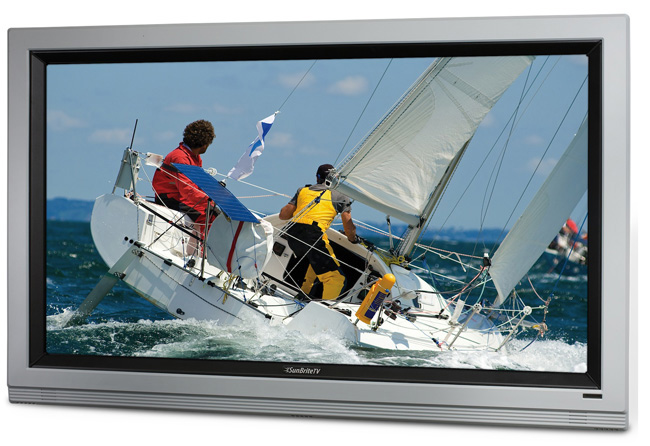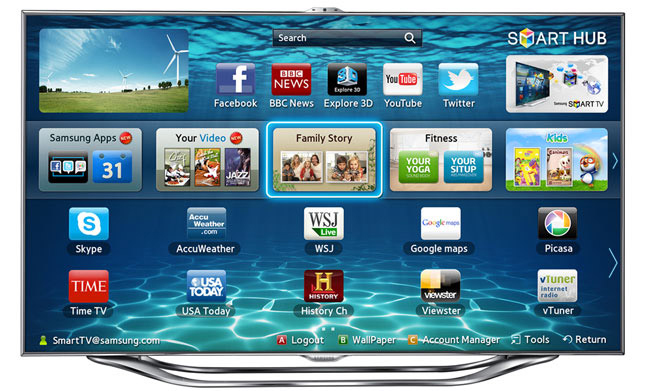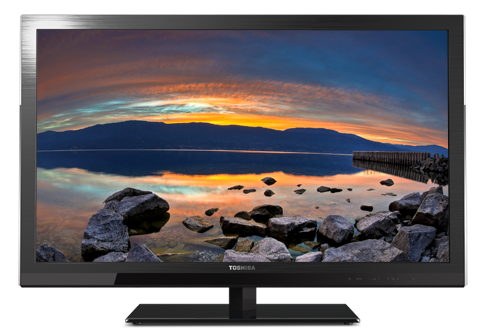 |
| Front View |
 |
| Back View |
 |
| Inside |
 |
| Sideview |
Product introduct
Basic Information
function is similar like dreambox DM800HD, DM500HD.
450 MHz ST40 CPU SH4 Core. STi 7111 based.Linux Operating System (ENIGMA 2)
Linux DVB-API compatible.
Vacuum fluorescent display (VFD)
Ethernet 10/100 MBit compatible interface
MPEG-2 / H.264 Hardware decoding
Tuner: DVB-S2
1 x Tuner
1 x Smartcard-Reader ISO 7816with programmable clock speed(Universal Reader)
RS232 Interface
10/100Mbit Ethernet Interface
1 x Scart (RGB,CVBS)
HDMI Output
1 x USB 2.0 external USB
S/PDIF Interface for digital bit stream out (AC-3)
2 MByte NOR for Secure Bootloader.256MByte Nand , 2 x 128 MByte RAM
unlimited channel lists for TV/Radio
EPG (electronic program guide)
multiple LNB-Switching control (supports DiSEqC)
OSD in many languages and skin-support
DVB-S2 Tuner:
Sharp 7306a
Frequency Range 950 -- 2150 MHz
Demodulation DVB-S (QPSK); DVB-S2 (8PSK,QPSK)
Symbol rate DVB-S: 2--45 Mbaud/s, SCPC/ MCPC
DVB-S2: 10 – 31 Mbaud/s (8PSK) , 10 –30 Mbaud/s (QPSK)
Video decoder:
Video Compression MPEG-2 , H.246 ,VC-1
Video Formats 4:3 / 16:9
Letterbox for 4:3 TV-Device
Capable Resolution: (1080P,1080I, 720P, 480P/576P, 480I/576I)
Audio decoder:
Audio Compression MPEG1 , MPEG2, MP3 ,AC3,DD+,AAC,AAC+,WMA9
Audio Mode Dual (main/sub), Stereo
Frequency: 32 kHz, 44.1 kHz, 48 kHz, 16 kHz, 22.05 kHz, 24 kHz
Video parameter:
Input Level FBAS 1 Vss +/- 0.3 dB on 75 Ohm
Teletext filter in conformity with ETS 300 472 Standard
Output: CVBS, HDMI
USB
2 x USB 2.0 Host
DiSEqC
Count of active satellite position DiSEqC 1.0/1.2 SAT POSITION / SAT OPTION
DiSEqC - Rotor Control
2.software function
Full hd (Full HDTV 1080i, 1080p)
Operating System: Base LINUX
Vacuum fluorescent display (VFD)
PVR Function
Timeshift-Function (Pause/Play)
Media Player
Wireless LAN: USB Type IEEE 802.11b,g,n (Wireless USB-WLAN)
MPEG2 SD/HD, MPEG4 P10 h.264/AVC SD/HD Xvid, MKV
MPEG AAC, AC3, WAV, AIFF, WMA
Resolution: 480i/480p/576i/576p/720p/1080i/1080p
Subtitle: SRT, SMI, TXT
Photo: JPEG, BMP
Plugin Support
EPG (electronic program guide)
OSD , Skin
DiSEqC 1.0,1.1 and1.2








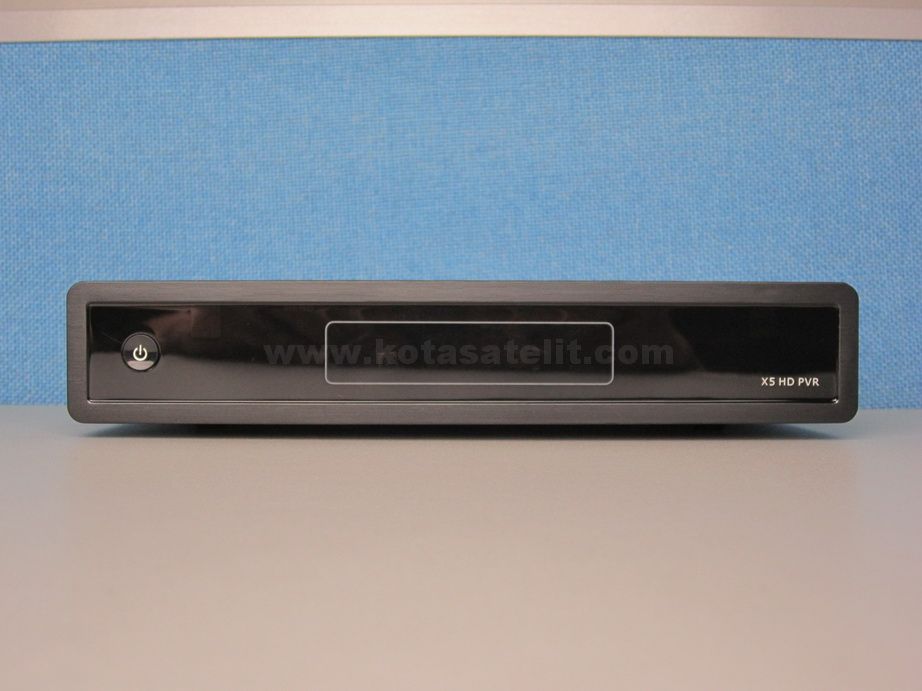
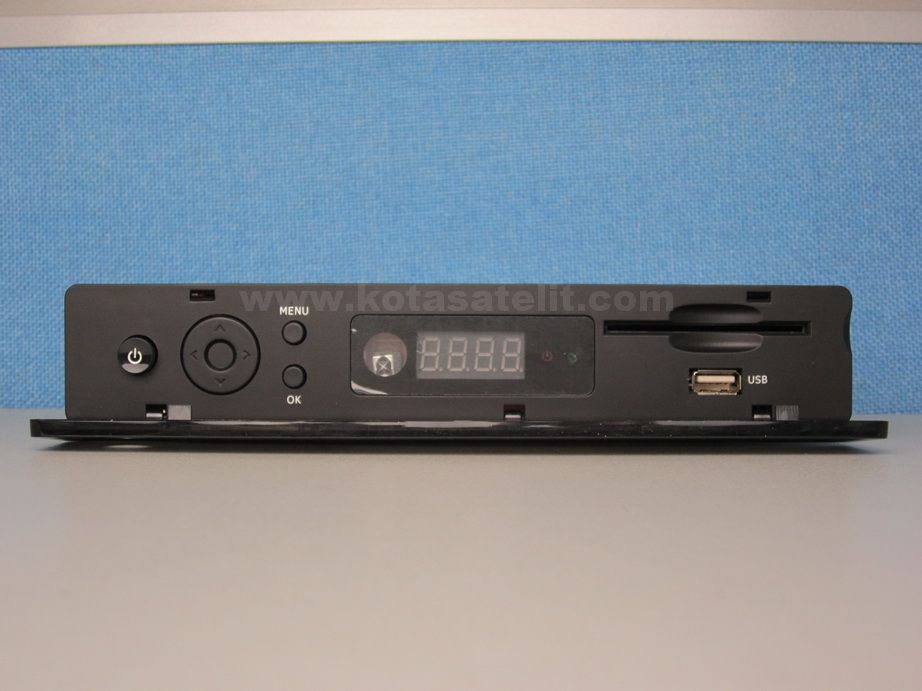
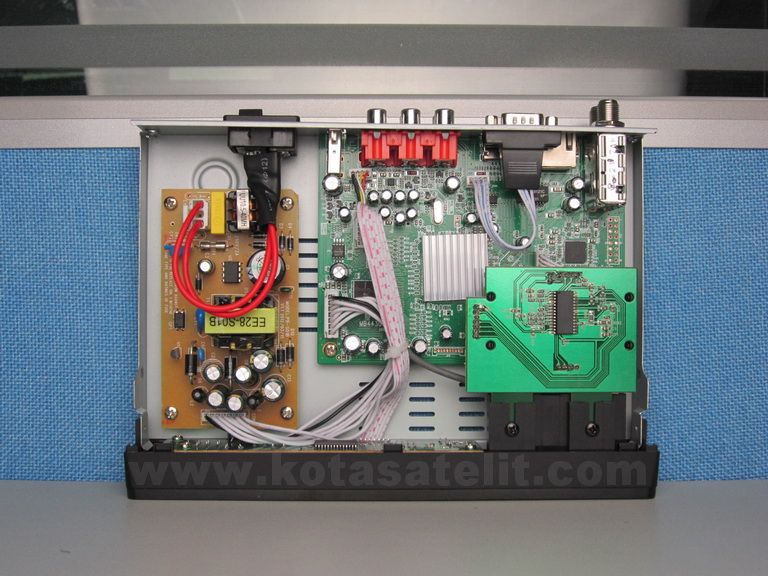





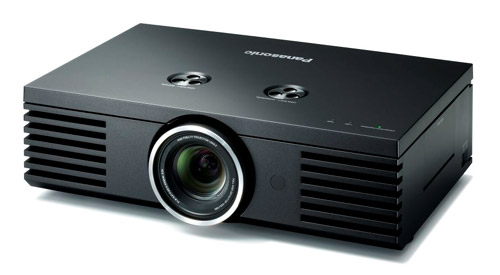





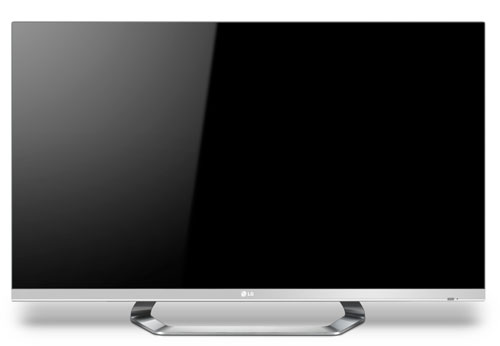
 A Russian government
Proton-M rocket launched from the Baikonur Cosmodrome in Kazakhstan on
Monday, carrying two telecommunication satellites. The 19:31 GMT launch
of the workhorse of the Russian fleet involved the lofting of the
Telkom-3 and Ekspress-MD2 satellites on a several hour flight to their
orbital destination. However, both satellites were lost due to a
failure of the Briz-M upper stage.
Proton M Launch:
A Russian government
Proton-M rocket launched from the Baikonur Cosmodrome in Kazakhstan on
Monday, carrying two telecommunication satellites. The 19:31 GMT launch
of the workhorse of the Russian fleet involved the lofting of the
Telkom-3 and Ekspress-MD2 satellites on a several hour flight to their
orbital destination. However, both satellites were lost due to a
failure of the Briz-M upper stage.
Proton M Launch:





